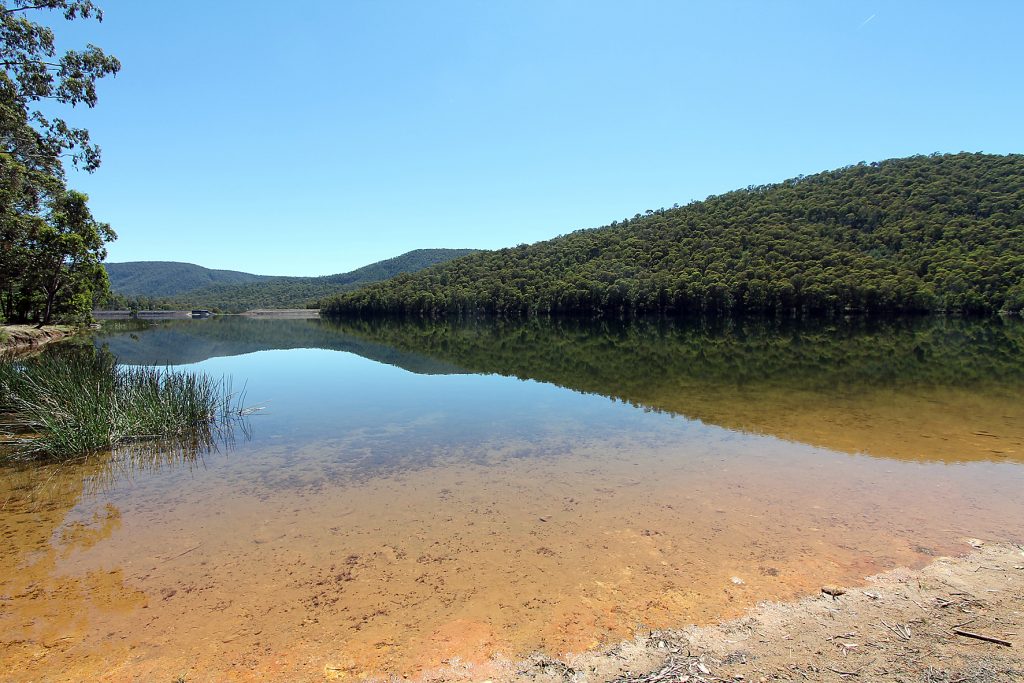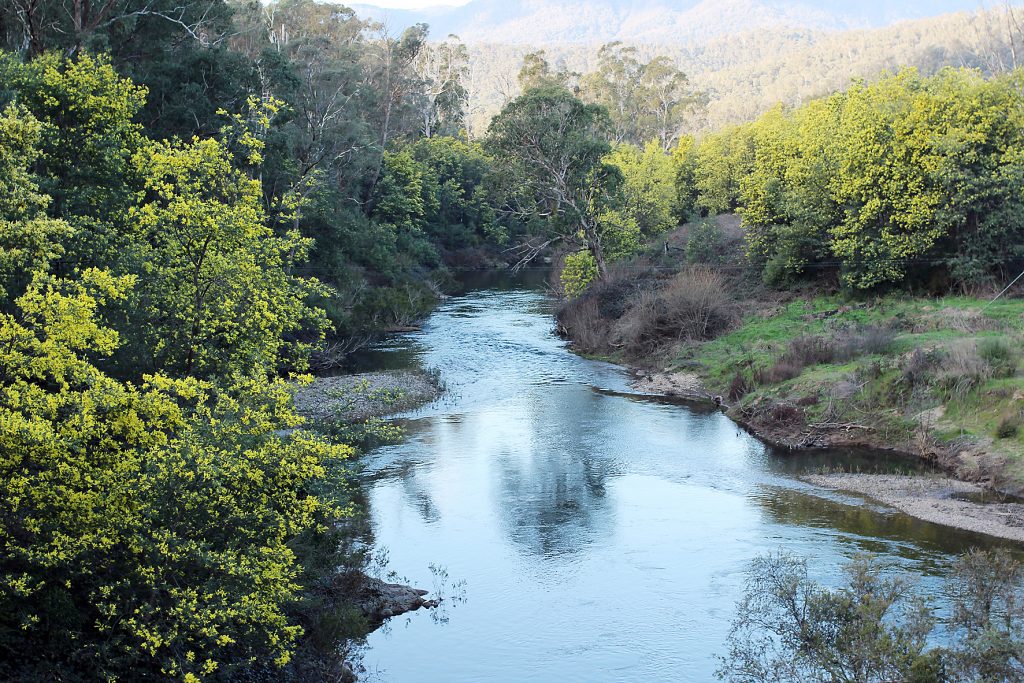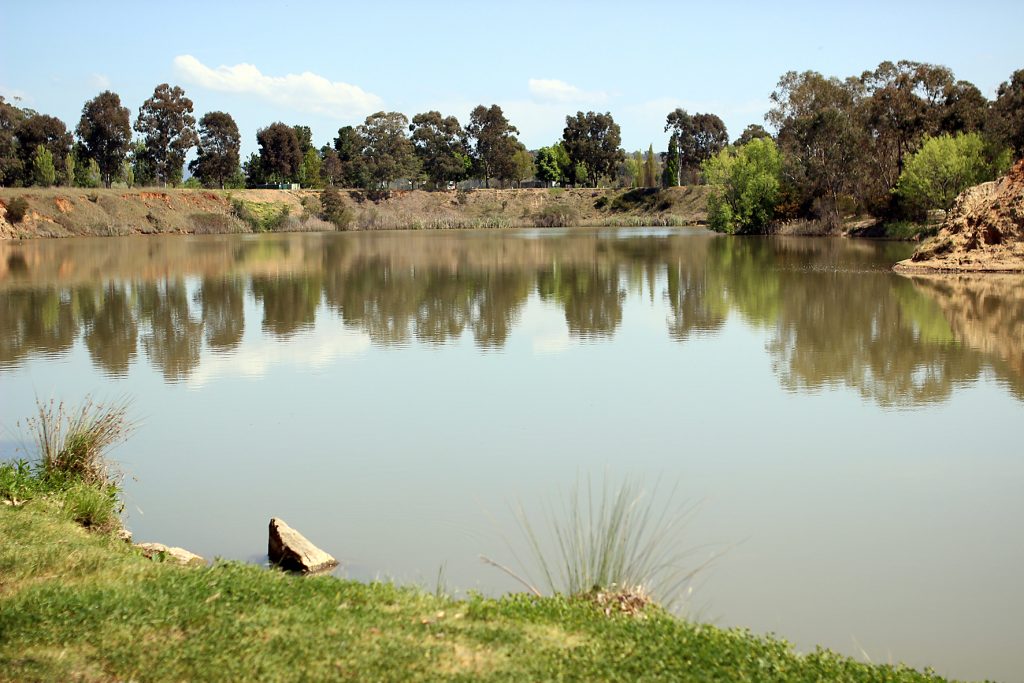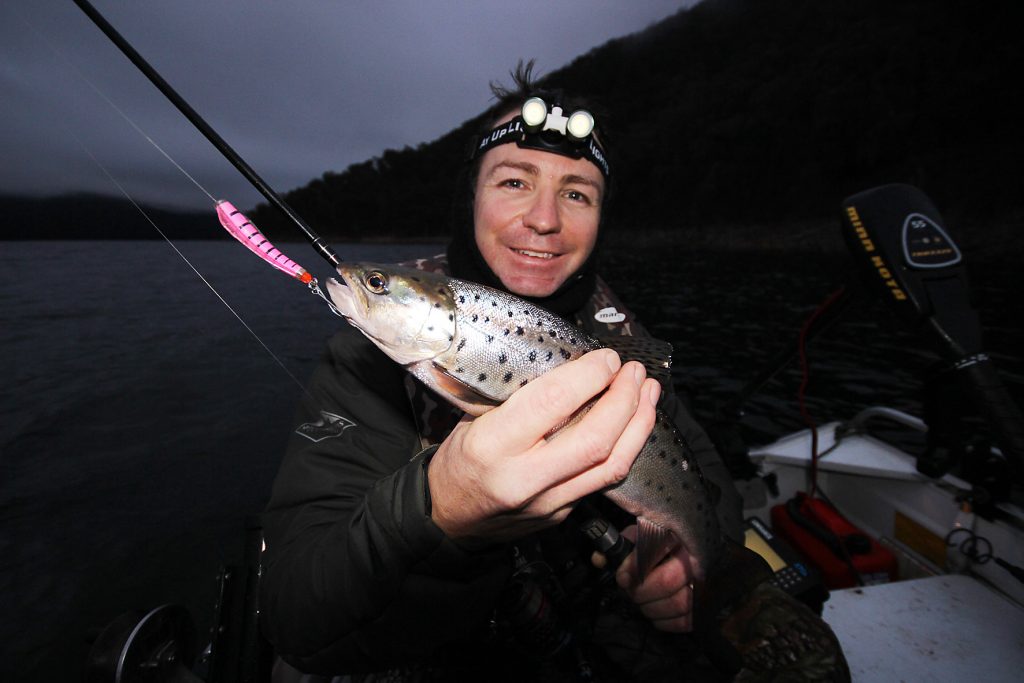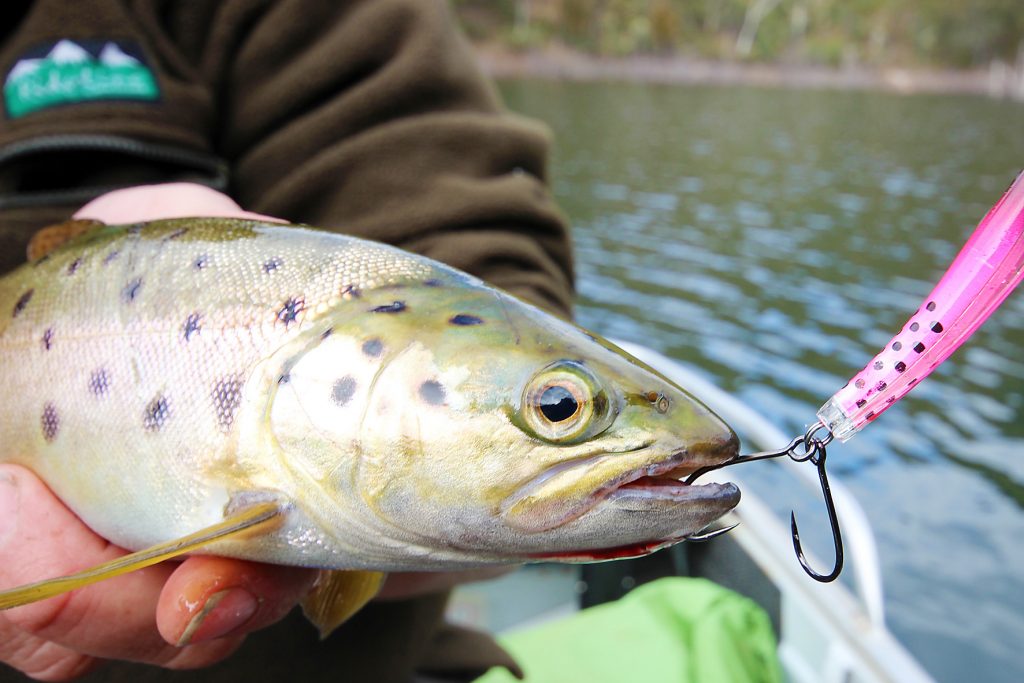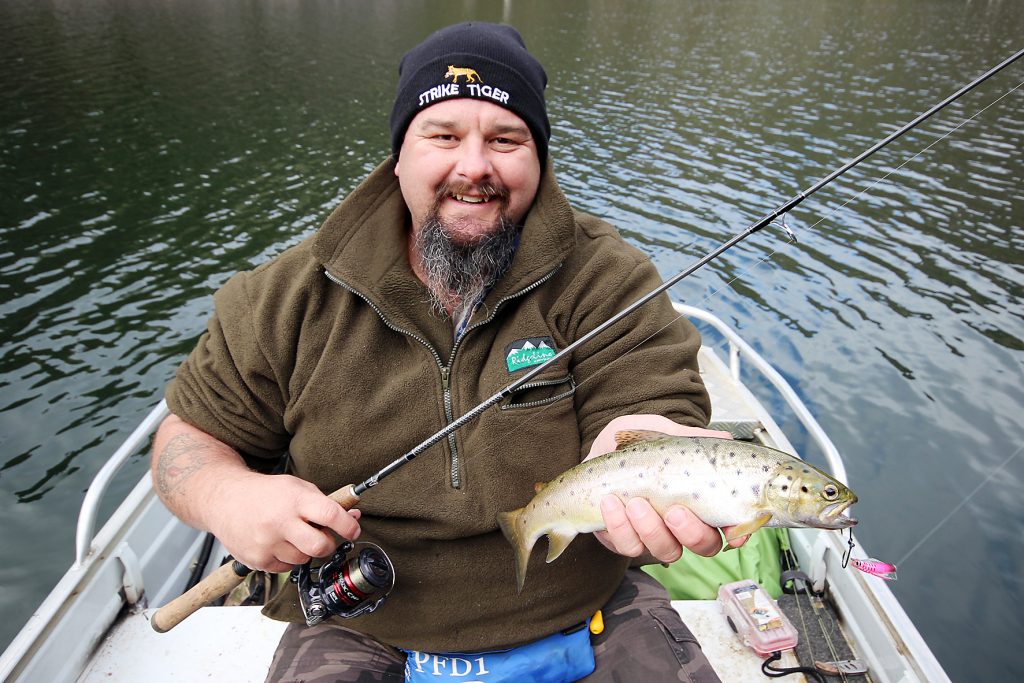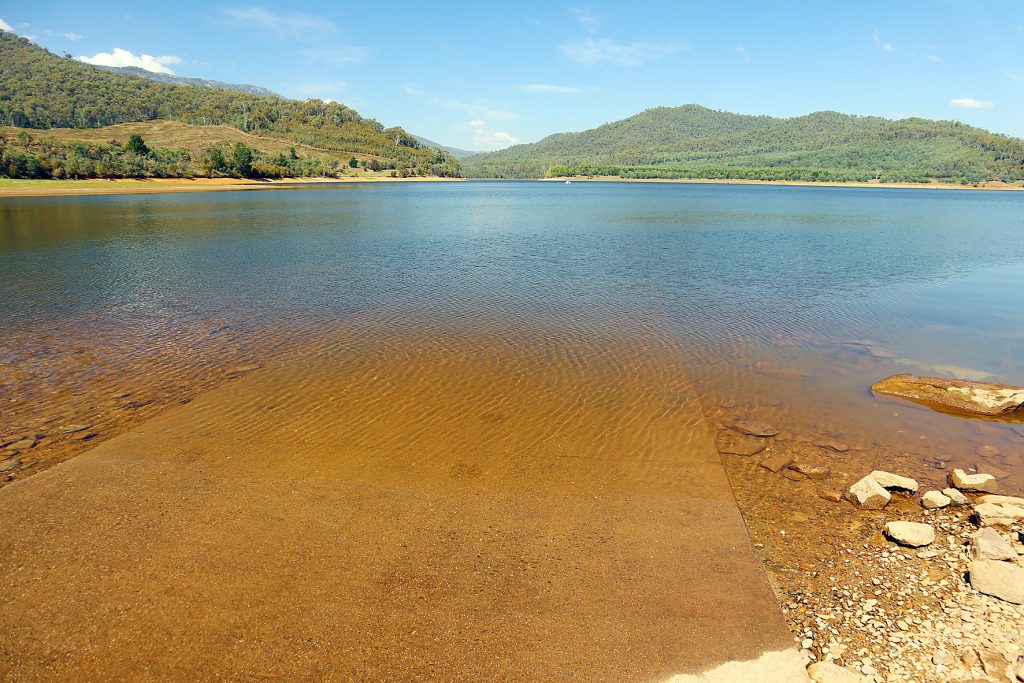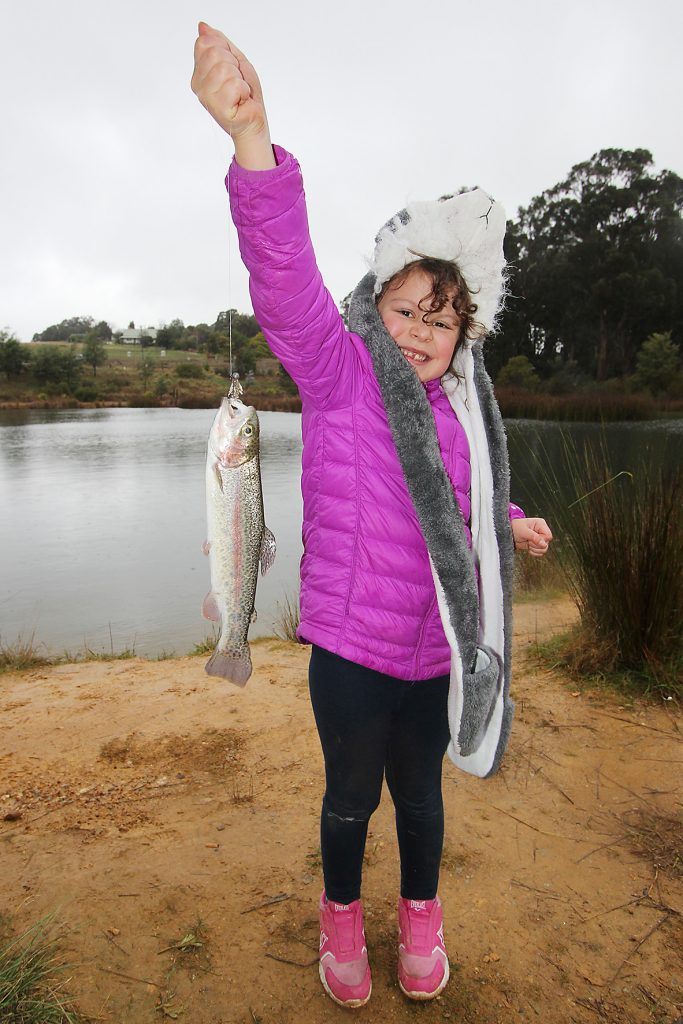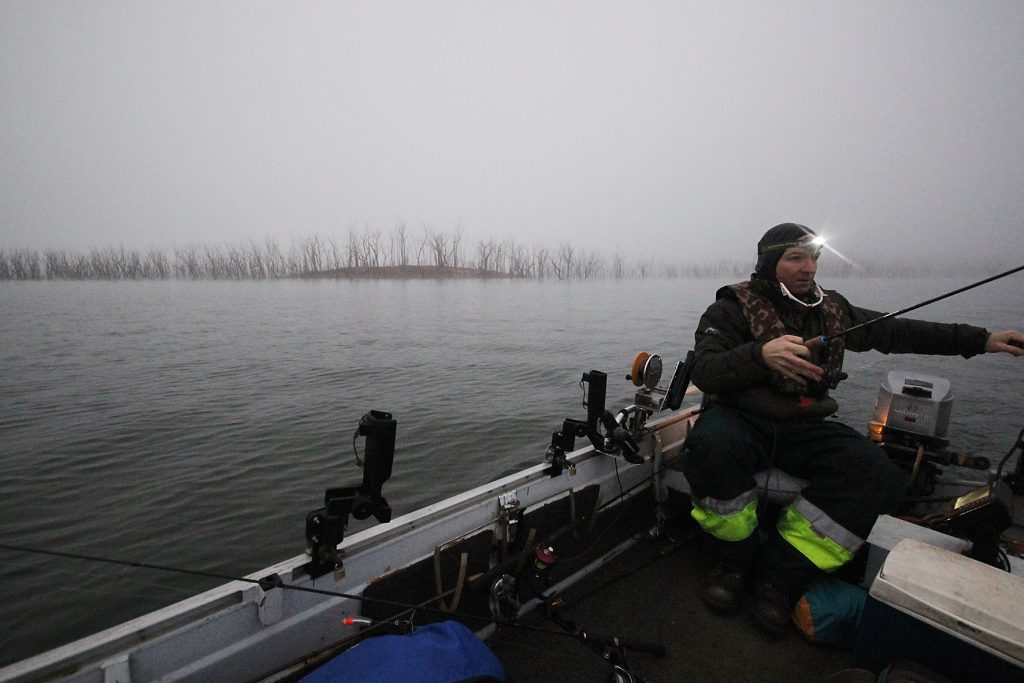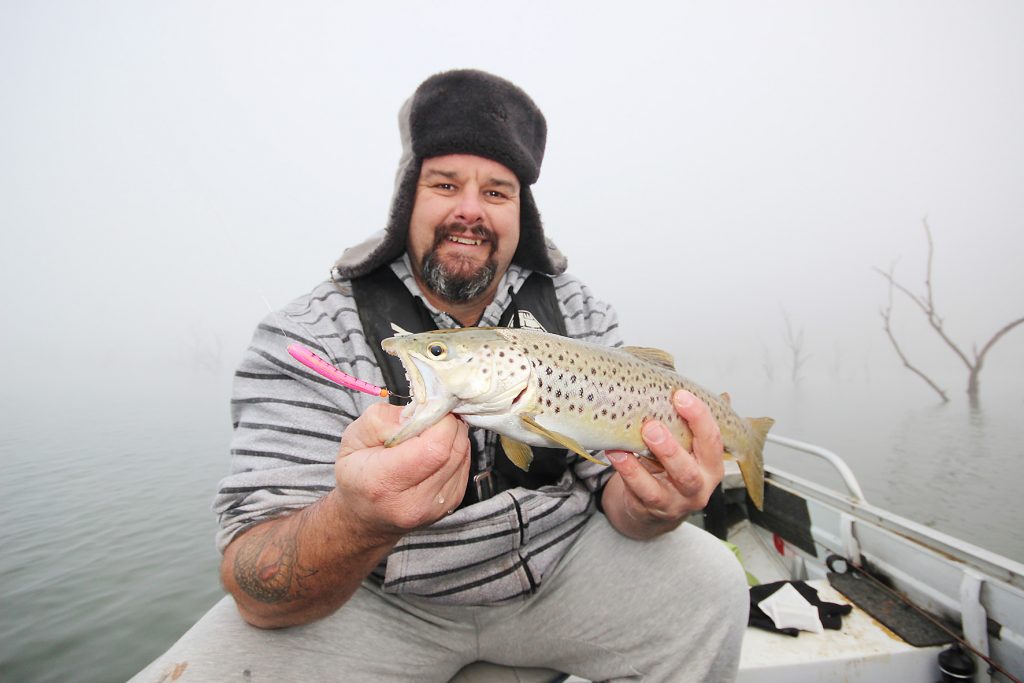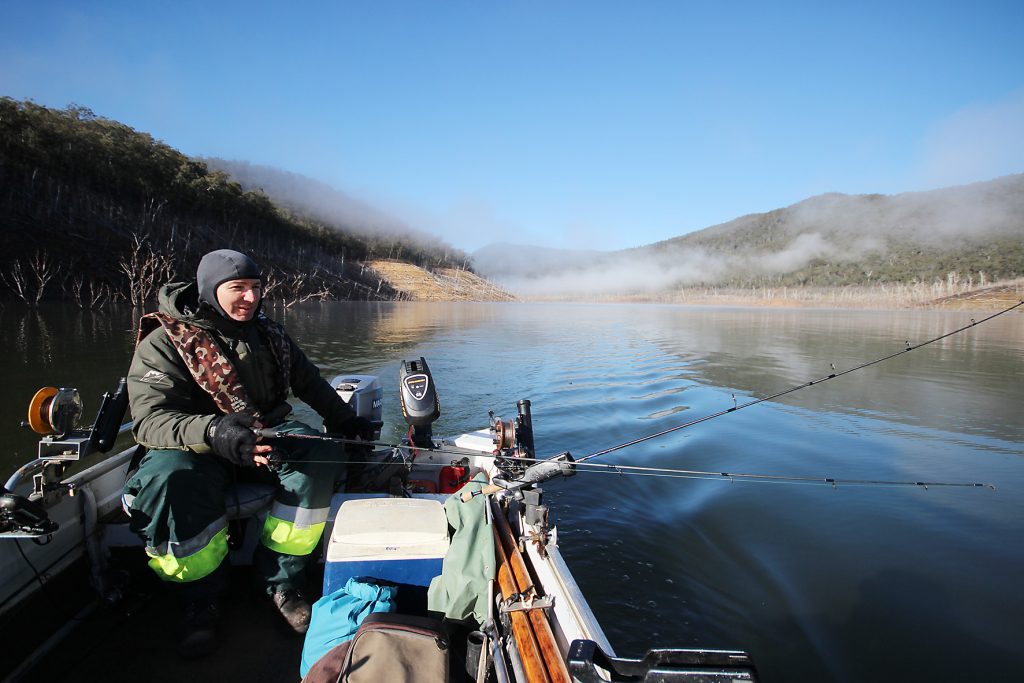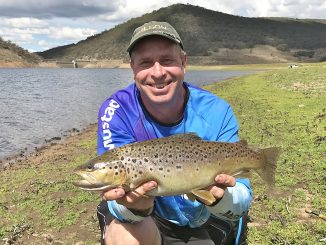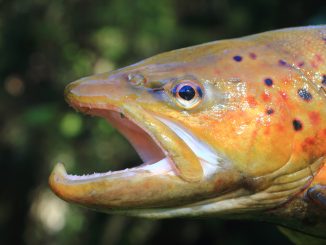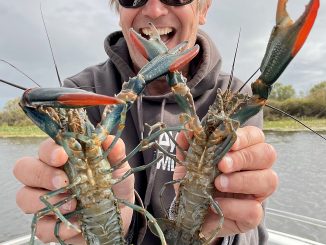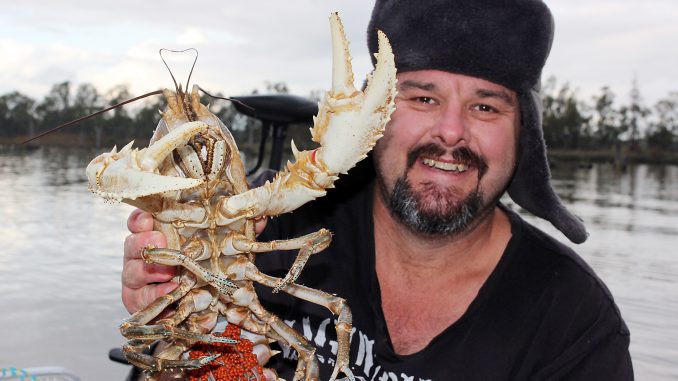
by Robbie Alexander •
The grey cold depths of winter are unquestionably the hardest time of the year to catch fish in North East Victoria. That is a fact, and nothing that I write can sugar coat that. However, there are a number of great fishing options still around, and even a small amount of fisheries that are actually at their peak at this bitterly cold time of the year.
Murray cod
Fishing for Murray cod during winter is usually left for the diehard Murray cod fishers that are willing to put in endless hours on the water, often for days on end at the high risk of catching nothing, for the possibility of catching something enormous.
I hear of few cod caught during winter and see few photos on my social media pages. The fish that I do see or hear about are usually caught in either the Murray River system, or one of the many stocked impoundments in South East Australia such as Lake Eildon, Blowering Dam or Copeton Dam to name a few. Most of the cod that I see caught during winter are truly huge.
If you are dedicated to wetting a line and searching out a midwinter Murray cod in the North East Victoria region, my advice would be to try the Murray River system. Lake Mulwala produces some nice cod each winter. The Bundalong area near the junction of the Ovens and Murray Rivers is a bit of a hotspot too.
The Murray River downstream of Lake Mulwala tends to yield consistent catches of Murray cod each winter, many of which are well over the 1m mark. The Murray River between Corowa and Lake Mulwala also produces some lovely Murray cod each winter, although that area upstream of Lake Mulwala can be hard to launch a boat in, and even harder to motor upstream and downstream as the irrigation releases from Lake Hume are minimal at this time of the year.
Yellowbelly
Yellowbelly catches are practically unheard of in North East Victoria during winter. Occasionally a yellowbelly may turn up at Lake Hume or Lake Nillahcootie, but I wouldn’t recommend you head to either of these lakes specifically targeting yellowbelly during winter or you will most likely go home disappointed. The yellowbelly seem to go into some kind of hibernation until about October in this area.
Redfin
While they’re not a common catch during winter, catching redfin isn’t unheard of in the colder months. In fact, I have had some great redfin fishing sessions at both Lake Buffalo and Lake William Hovell during the winter months. It can be very hit and miss at this time of the year, but at least with redfin you stand a chance during winter, unlike with the yellowbelly. This could be largely attributed to the fact that redfin are English and come from a very cold part of the world.
If I was to target redfin during winter, I would most likely head to Lake Buffalo or Lake William Hovell, and start off by bobbing a soft plastic in deep water, even as deep as 30ft. This depth might seem crazy, but I have the belief that during the winter months the water down deeper is likely to be warmer than the water on the surface, which is a total opposite to what we experience in the summer months.
Trout
By far the most popular form of fishing in North East Victoria during winter is trout fishing. Being a cold water species, the trout are actually more active during the winter months than they are during summer.
With that being said, please be mindful of the trout stream closure. In Victoria and NSW the streams close on Monday night of the Queen’s birthday weekend. In Victoria the streams open on the first Saturday in September, and in NSW they open on the NSW labour day public holiday in October.
So to the lakes it is, and the king of all trout lakes in North East Victoria is Lake Dartmouth.
Lake Dartmouth is a very consistent trout fishery during the winter months. The fishing is easy and the trout are plentiful. Don’t be misled – some days you still catch nothing, but some days you catch heaps. Personally, I find flatline trolling to be my favourite way to fish Lake Dartmouth during winter. The water surface temperature is so cold that there is no real need to use a downrigger, although during the day if the sun is high in the sky, it can force the fish down deeper where they feel safe and then a downrigger might be beneficial.
My favourite lures to troll for trout in Lake Dartmouth are winged lures such as Tasmanian Devils and Lofty’s Cobras. My favourite colour has always been hot pink. Try trolling with quite a lot of line out so that the lures aren’t too close to the boat. Trolling with an electric motor is certainly advantageous, although not essential. Sometimes trolling in an S shape across the water can be a good idea, as this will often mean that your lure is passing through water that your boat didn’t.
Try and focus your attention on the shady areas. Later in the day as the shadows creep across the lake is a really good time to pick up a trout by flatline trolling with winged lures.
I have a personal preference for winged lures, but don’t overlook small minnows. These also work very well in Lake Dartmouth. One thing that you may wish to consider though is that winged lures tend to demand a higher trolling speed than minnows, so if you put a minnow on one rod, you will likely want to change them all to minnows (depending how many fishers and rods are in the boat of course).
If you have never fished Lake William Hovell, it’s like a miniature carbon copy of Lake Dartmouth. Set in identical surrounds at a similar altitude of around 400m above sea level and with crystal clear water, Lake William Hovell is exactly the same in appearance as Lake Dartmouth. There is just one tiny difference – the size! Lake Dartmouth holds 4 million ML of water when full whereas Lake William Hovell holds under 13,000ML.
Fishing-wise, Lake William Hovell fishes almost identically for trout to Lake Dartmouth, although Dartmouth tends to have a few slightly larger trout. The exact same techniques will work. The beauty of Lake William Hovell, which is located on the King River 45 minutes south of Wangaratta, is that it also has redfin to target during the day if the trout fishing is slow.
If you’re after monster trout, then your best bet would be to cross the border into NSW and fish Khancoban Pondage. Khancoban Pondage is a beautiful little lake nestled at the base of the NSW Snowy Mountains. It has much larger fish than most other lakes in the region and catches of trout to 4lb are common. The biggest downfall to Khancoban is the inconsistency. It is terribly inconsistent with amazing fishing one day and completely dead fishing the very next day.
Khancoban Pondage is a regulating pondage at the base of the Snowy Mountains hydro electricity scheme, and as a regulating pondage it is subject to very rapid fluctuations in water level, which can switch the trout both on and off very quickly. Khancoban Pondage is definitely worth heading to during winter if you wish to tangle with a larger trout, but just be warned that it can be a gamble.
My favourite Khancoban technique by far is to fish with a live mudeye underneath a bubble float around the many weed beds. Khancoban is full of aquatic weed and water snails. There is an abundance of food in there for the trout which may well be why there are some really big ones in there. If you are running out of mudeyes, or finding them hard to get your hands on at this time of the year, scrub worms will also work fished the same way, but possibly not as effectively.
Trolling can be quite hard in Khancoban due to the aquatic weed, however if you get there when the pondage is full, you should be able to troll okay, particularly in the bottom end of the pondage, which is deeper.
Family-friendly waterways
North East Victoria is littered with small dams that are stocked with yearling rainbow trout each winter during the school holidays. These small waterways prove to be very popular, and are a fantastic way to introduce young kids and families to fishing.
In these waterways most techniques will work, however PowerBait (which can be purchased at most tackle stores) usually works quite well. My preference is to use a Strike Tiger Nymph soft plastic and pull the claws off, making it really small. Fished with a really small jighead, this technique works very well and this is the technique I use when I take my kids fishing in these great little waterways.
Some of the more popular family-friendly waterways include: Lake Sambell, Allans Flat Waterhole, Upper Sandy Creek Dam, Stanley Dam and Harrietville Dredge Hole as well as a large number of other small waterways, several of which are in the middle of Wodonga.
To find a full list of family-friendly fishing waterways across Victoria during the winter months, visit www.vfa.vic.gov.au.
Murray Crayfish
Here in North East Victoria Murray crayfish are a popular species to target during the winter months. Due to the complex nature of the rules and regulations I am not going to mention any rules here, but I strongly encourage anybody hoping to go crayfishing to check the rules and regulations before you head out, and also be aware that the rules between NSW and Victoria may be different. It is the angler’s responsibility to know the rules.
Drop nets are by far the most popular method of catching crayfish and ox heart is a popular bait. Personally, I think any meat will do for bait. I have had a lot of success on wild rabbit.
The Bundalong area of Lake Mulwala is usually a great spot to go crayfishing, however this year with Lake Mulwala being lowered, it may not be possible to put a boat in there. The Murray River downstream of Lake Mulwala and the Ovens River might be worth a try.
Just a quick reminder, all of the lakes mentioned above can be very cold during the winter months. I have had some miserable days on both Lake Dartmouth and Khancoban Pondage, so make sure you rug up and pack heaps of warm clothing, because both lakes can experience sudden and unpleasant weather changes during winter.

